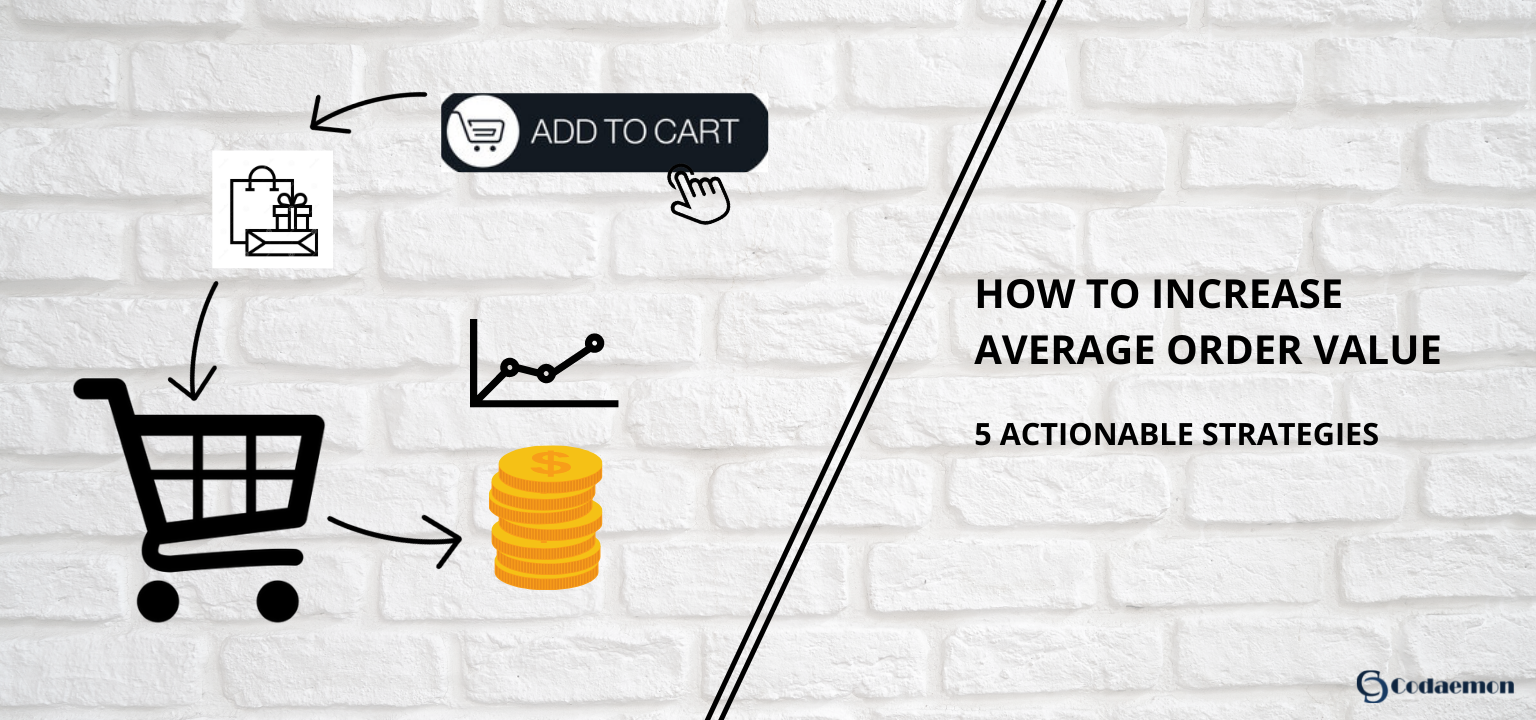Areas to Automate in Your E-commerce Business – Inventory Management
E-commerce processes are demanding. On a daily basis, retailers have to get hundreds of five-minute tasks done that may not appear to be much individually but take significant time when added up. From listing products, managing stock to processing orders, dispatching packages, and handling customer complaints - everything competes for attention. As the business grows, the demand, complexity, and repetition
Wix vs. WordPress – Which is Better for Building an Online Store?
We have been getting a lot of queries about which platform to choose between WordPress and Wix to build an online store. The Wix vs. WordPress question has also been popping up a lot on online forums. Wix’s multi-million-dollar marketing budget and flashy campaigns have put it in the limelight for all the right reasons. But how does it compare
5 Easy Formulae to Increase Average Order Value in 2022
The average order value is the first metric that business owners monitor for growth. Look at it this way. You launch an e-commerce store. You spend heavily on marketing. That gets traffic through the door. This traffic also converts into customers. That’s fantastic. But here goes the fine print - order values. A consistently small order value per customer does not
Preparing for 2021 Online Holiday Sales – What the Experts Have to Say
Pandemic or not, the holidays are coming. Last year, people stayed home and resorted to online shopping to minimize contact. This year, things are looking different. People have started to embrace the new normal. Shops have reopened. People are looking forward to spending time with family. Even with the ongoing pandemic, it is the season of beginning to pick up where we
D2C Or B2C – Pros & Cons
The retail landscape is ever shifting. The Direct to Consumer (D2C) model is fast becoming popular for manufacturers who want to enter the market directly without any middle entity. While a B2C (Business to Customer) model has a line up of wholesaler and retailers in the process to reach the customers, D2C model does away with all of that. It gives
The Case of E-commerce Product Return – Who’s to Blame & Ways to Reduce
Product return in e-commerce is a growing nuisance for retailers. It accounts for a significant loss in revenue and time. Too many processes are involved in product return - back-and-forth emailing, return authorization, tracking returned items, inspection of returned products, managing inventory, etc. Even with a streamlined return process, excessive e-commerce return rates keep shop owners awake at night. What’s worse
Pandemic-Induced E-commerce Strategies That Will Outlive COVID
The only constant is change. There is no scenario better than the coronavirus chaos to support this fact. The pandemic brought radical changes to healthcare, consumer goods, travel, finance, and education. Amid stay-at-home orders, restrictions, and most importantly fear, we saw an overnight shift in worldwide consumer behavior as well. The reality is there is no way of going back to the
How to Design the 404 Error Page to Keep Users on Your E-commerce Website
A 404 error page is common in an e-commerce website. Blame it on an aging product inventory, an old marketing campaign, a renovated website, broken links, a new CMS etc. You’ve probably already deleted most of them, but it’s possible to miss a few. So it becomes inevitable that a user may land on a dead link occasionally. While a 404
How to Create MailChimp Landing Pages That Convert
Everyone has heard about MailChimp. If you’ve got a business that’s more than a couple of months old, you’re probably already using it. It’s one of the best Email marketing tools around. We use MailChimp every day and it has been phenomenal for us in a lot of ways. It’s cheap, it’s easy to use and it has a large
Tricks to Get the Most Out of Your Local Business Listing
You’ve probably heard of local business listing. It’s exactly what you think it is. Local listings are online directories that contain the details of your brick and mortar business. These details include name, address, contact information, working hours etc. Why is this important? To understand this, let’s take up an activity. Type “pizza” in your Google search box. Here’s what you are











